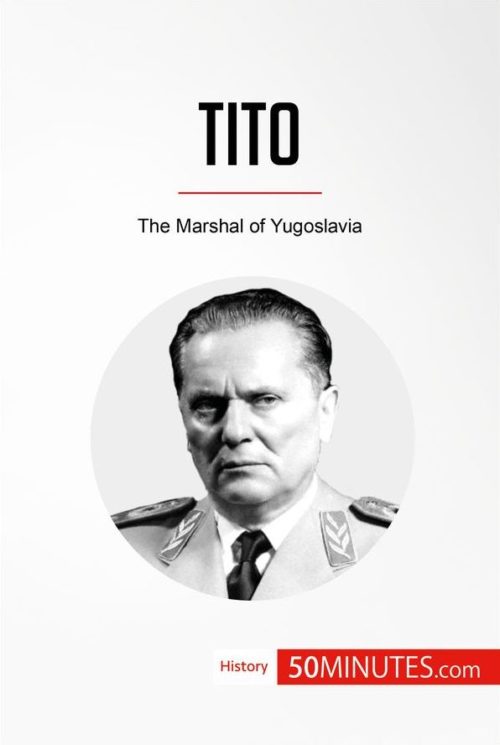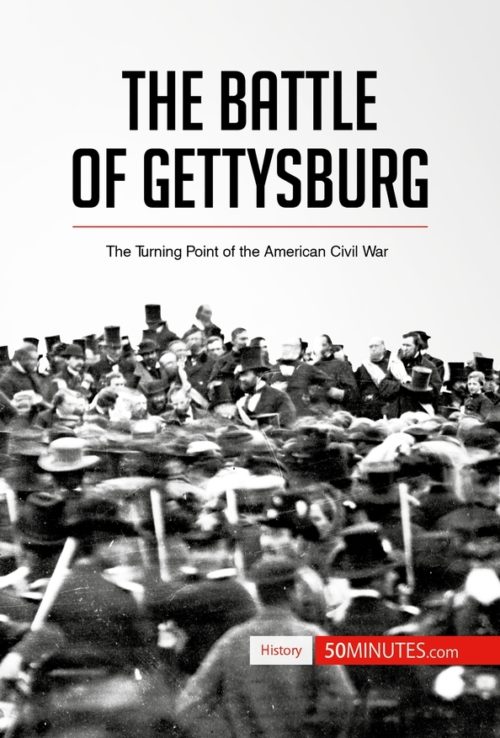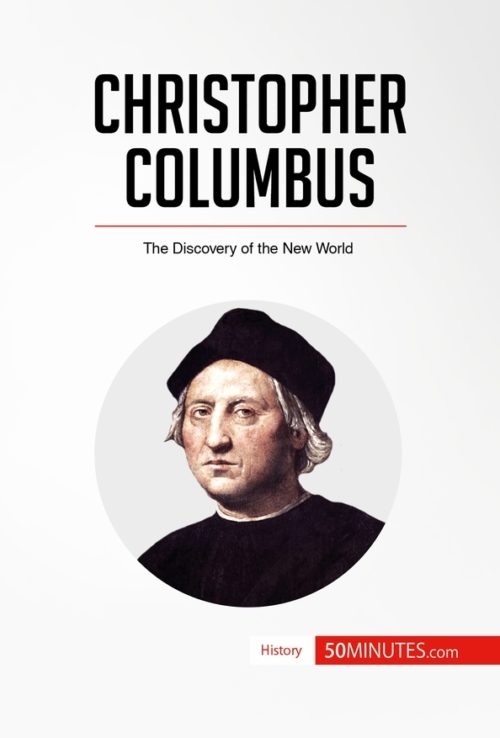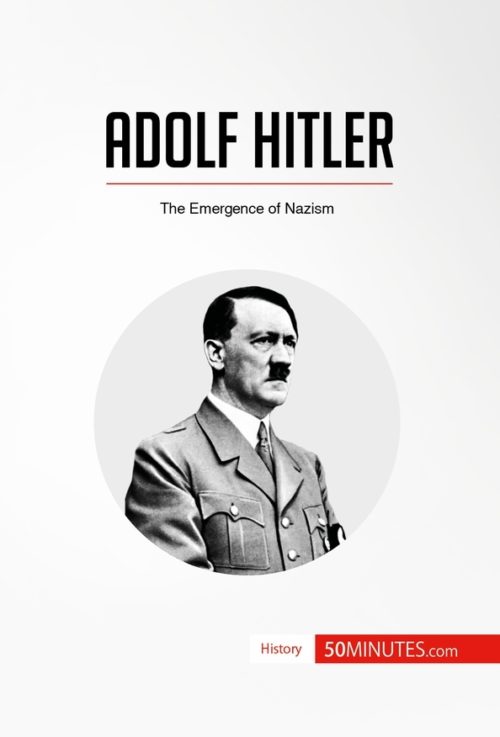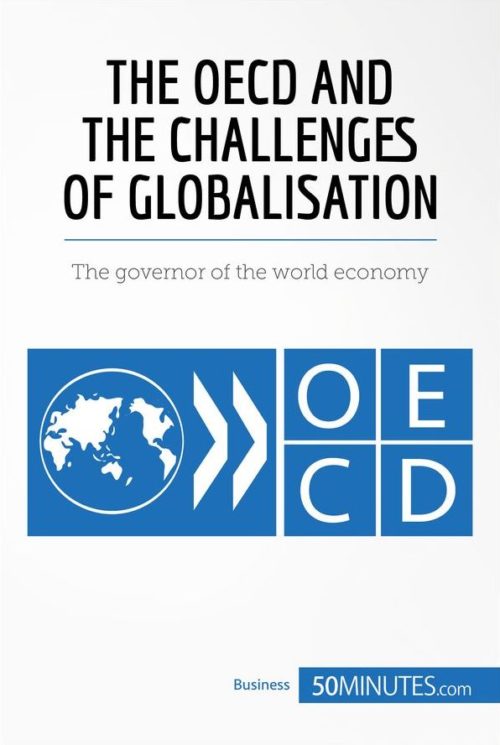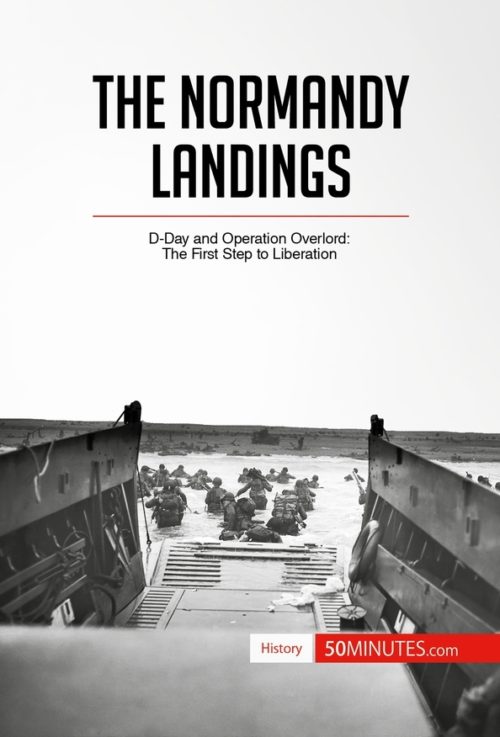Hiroshima
Hiroshima
$4.99
Read more
On 6 August 1945, the world’s first atomic bomb was dropped on the Japanese city of Hiroshima. The second bomb followed days later, hitting Nagasaki on 9 August 1945. The attacks caused the complete destruction of two major Japanese cities, brought about the immediate surrender of Japan and the end of the Second World War, and led to the beginning of the Cold War and the nuclear arms race. In just 50 minutes, you will understand the profound influence of these two events on the outcome of the Second World War and find out how they shaped global events for decades to come.
This straightforward and informative book provides a thorough discussion of the key moments in the atomic bombing of Japan, including the discovery of nuclear fission, the development of atomic weaponry and the dropping of the bomb. It also features a full biography of the key figures involving in the bombing, including the American president Harry Truman, a valuable introduction to the political context and an evaluation of the impact of the first atomic bomb, giving you all the essential information about this terrible chapter of modern history.
About the bombing of Hiroshima and Nagasaki
As the Americans approached Japan towards the end of the Second World War, it became clear that Japan would not surrender. An invasion of Japan would undoubtedly lead to a bloodbath and cause potentially millions of casualities on both sides. To prevent this, America turned towards a new weapon: the atomic bomb.
The targets of the attack were chosen based on their strategic value and the amount of damage they had already received. The final candidates were Hiroshima, Niigata and Kyoto. However, Kokura became the third choice after Kyoto was judged to be too culturally significant, with Nagasaki remaining a fall-back option in case of adverse weather conditions.
This clear and accessible 44-page book is structured as follows:
- Hiroshima and the beginning of the nuclear age
- Context
- Japanese expansion in East Asia (1931-1941)
- The war in the Pacific and the isolation of Japan (1941-1945)
- Key protagonists in the first atomic bombing
- Harry Truman, President of the United States
- Leslie Groves, military director of the Manhattan Project
- J. Robert Oppenheimer, scientific director of the Manhattan Project
- Kantarō Suzuki, Prime Minister of Japan
- Hirohito, Emperor of Japan
- The atomic bombing of Hiroshima and Nagasaki
- A new weapon to end the war
- Hiroshima, Enola Gay and Little Boy: the first atomic bombing in history
- From Kokura to Nagasaki: the second atomic bombing
- Impact of the first atomic bombing
- Japan’s surrender and the end of the Second World War
- The start of the nuclear age
- Summary
Product details
| ISBN | 9782806290137 |
|---|---|
| Publisher | Plurilingua Publishing |
| Serie | 50MINUTES.COM – History |
| Format | |
| Pages | 39 |
| File size | 4.6 MB |

